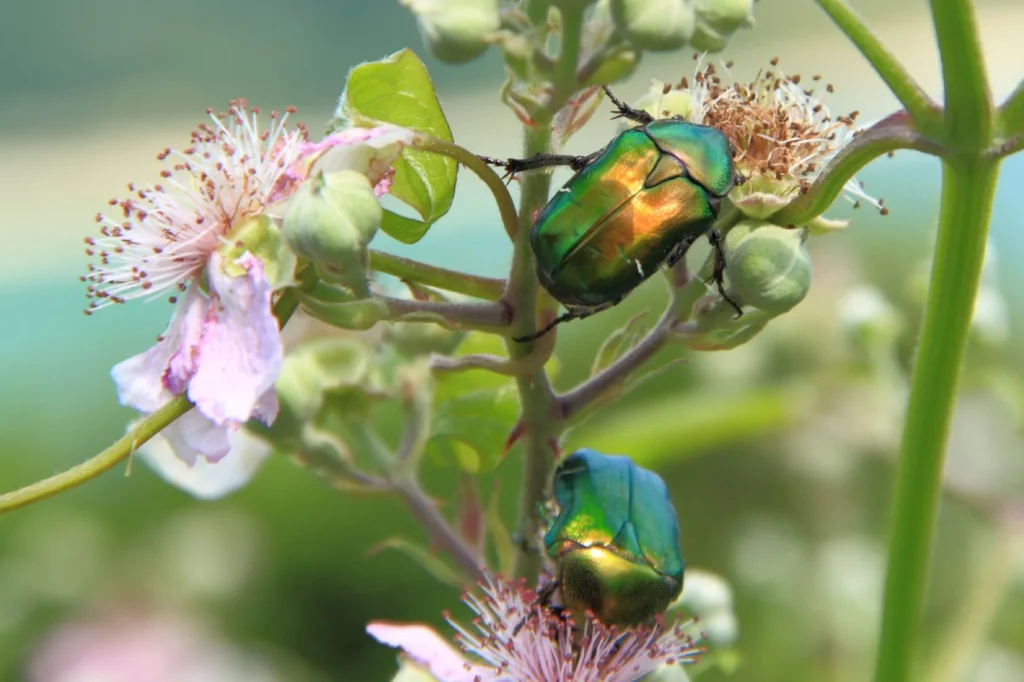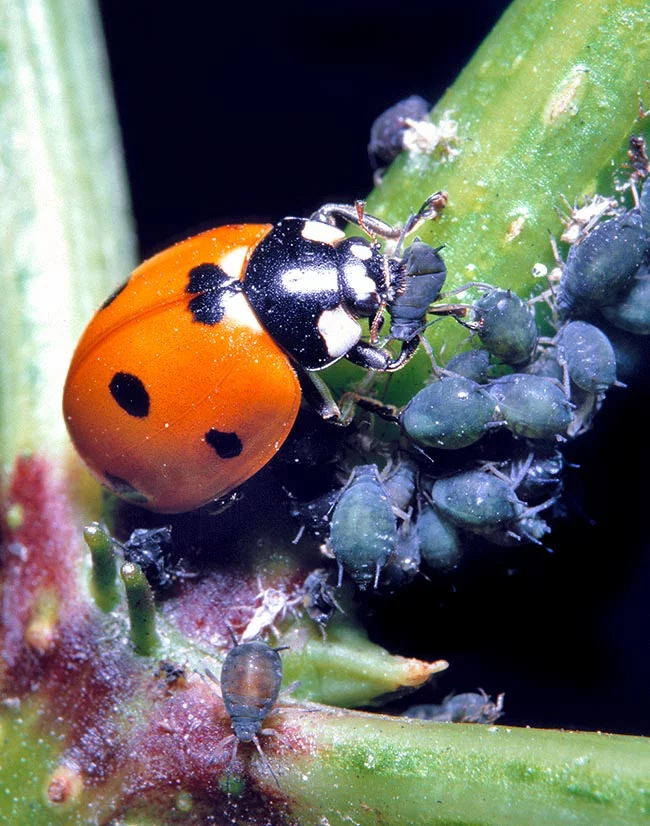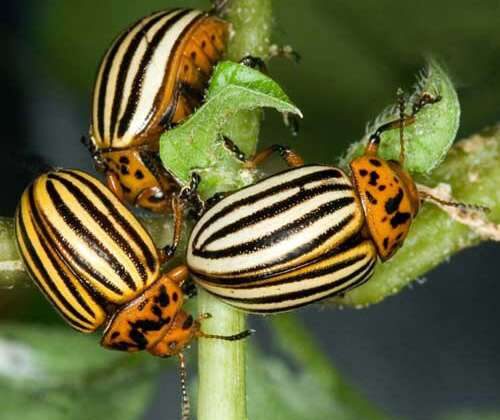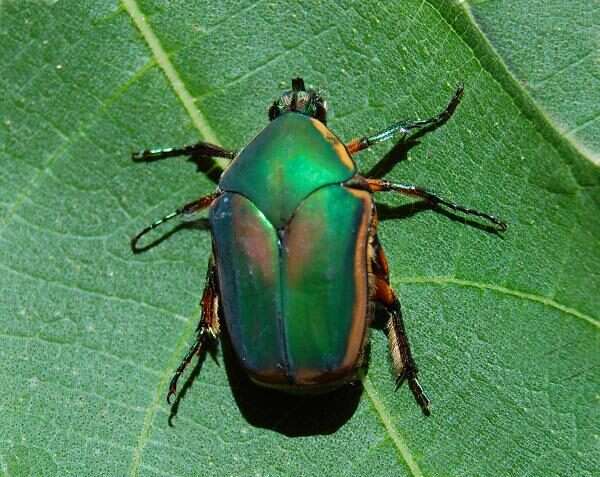
Cetonia aurata, often known as the rose chafer, is a 20 millimeter (3/4 in) long beetle with a distinctive V-shaped scutellum with a metallic green color.
Rose chafers can fly quickly and do so by lowering their wing cases. They consume nectar, pollen, and flowers, particularly roses. On bright, sunny days from May through June or July, and possibly as late as September, find them among the roses. Rose chafers are widespread throughout southern and central Europe, as well as the southern United Kingdom, however they can occasionally appear to be quite specialized. In the countryside and on Hong Kong’s outlying islands, they can also be found in South East Asia. They are a saprophagous species that is helpful (detritivores).
How do rose chafers appear?
Adults
- Adults have delicate hairs and an iridescent coloration of emerald green and purple-bronze.
- They are huge beetles, around 20 mm long, with a V-shaped back where the wing cases converge.
Larvae
- Larvae: have a C-shaped curvature and are yellow-white in color.
- This species should not be confused with the noble chafer, which is far more uncommon. The rose chafer is spherical in shape, while the noble chafer has a noticeable “waist.”

What food consumes rose chafers?
- Adults eat pollen, nectar and flowers.
- Larvae: are typically found in compost piles and eat decomposing vegetation.
How are rose chafers reproduced?
Rose chafer females lay their eggs underground, and after they hatch, the larvae spend several years living and feeding in rotting plants. Although they pupate in the fall, they do not emerge until the spring after.
Habitat
In the UK, the rose chafer is widespread but more prevalent in the south. It can be found in grassland and woods during the summer and is frequently spotted eating flowers, especially roses.
Coloration
The beetle’s metallic green hue is structurally generated and resulted from the reflection of mostly circularly polarized light, which, like light from other scarabs, is left circularly polarized. The bug appears colorless when seen via a right circular polarizer. In addition to the usual shade of green, there are other hues including copper, gray, and black. While some specimens have few or no white speckles, many of them do.
Requirements to Keep as Pet
Adults require a particular atmosphere to survive. They require a warm setting with food to eat. If one can simulate a habitat with soil, organic garbage and regularly give these beetles flowers and pollen for sustenance and growth then they can keep them as pets. Otherwise, it is not suggested to have them indoors since they need open, garden settings for survival.
Table





